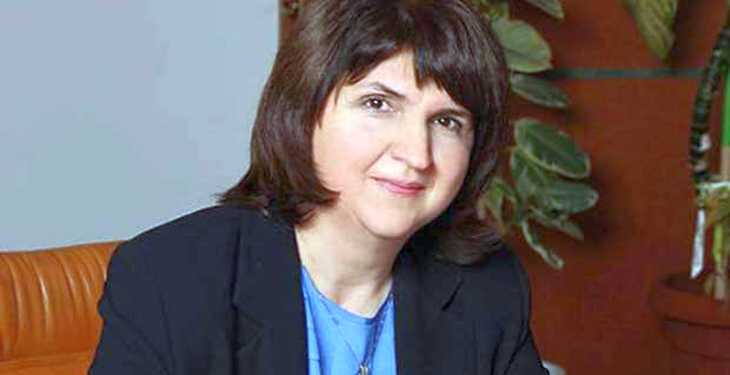Romania’s energy strategy is talked about for decades, and over time there have been many forms of the document which formed the basis of the national energy mix. The National Energy Strategy (NES) is a kind of “constitution” of the energy, which so far has dressed many forms, depending on political will. Currently is undergoing a new definition on econometric basis, and the only question that can be raised is whether it will succeed being approved by the Parliament before the December elections.
“I hope so. We have the target to approve it during the current government,” told energynomics.ro, Corina Popescu, Secretary of State for Energy.
“We want the government to approve it and submit it to a debate in Parliament, but it’s a process … It’s a very tight timetable. We hope to have a first draft in late September or no later than the first week of October … then there will be debates … we will not let the final form for public debate a lot, because it has already been consulted by most of the stakeholders in the market”, said Popescu.
The document currently on the ministry’s website is not final NES document to be approved, the new document is under drafting after the “quantitative modeling.”
“The strategy will be written in the immediate future and will input the quantitative modeling results: macroeconomic data, structure and current production mix based on mathematical modeling … That is made by Ernst & Young, in a consortium,” Popescu also said.
“Strategy is a first element, and then those national plans will follow. We have an obligation to develop by 2017 the integrated Strategy-Environment plan.”
Plans will detail the development directions of the strategy, later.
About 300 experts and industry leaders were co-opted by the current government to finalize the first draft of the NES project. Later on, quantitative modeling was decided, that defines the parameters to be followed, a work attributed by public auction to a consortium led by Ernst & Young (EY) for about 1.56 million RON. Subsequent to modeling will come a brief final document that will be approved by the government and assumed by Parliament.
However, some industry leaders have told us they are afraid that there will not enough political will for taking the document through the current legislature, meaning before the general elections in December 2016, which will subsequently form a new Parliament and likely a new government.

